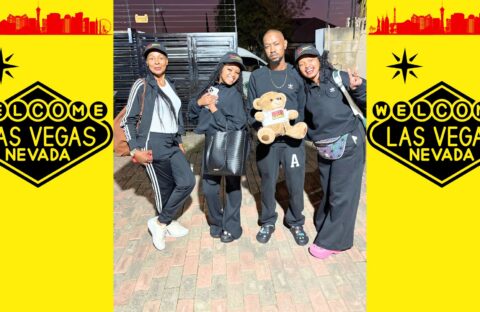
From digital nomads to smart investors: The rise of medium-term rentals
From digital nomads to smart investors: The rise of medium-term rentals
From digital nomads to smart investors: The rise of medium-term rentals
A quiet revolution is reshaping urban property markets around the world—and it’s called medium-term rentals. Bridging the gap between traditional long leases and short-term stays, this flexible model is gaining ground in lifestyle cities like Cape Town and San Francisco, driven by digital nomads, remote workers, and flexi-living professionals.
Speaking on HOT Business with Jeremy Maggs, powered by Standard Bank, St John Gardner, co-founder and Commercial Director of Neighbourgood, described medium-term rentals as the sweet spot: typically one to six months, offering more permanence than a hotel stay but less commitment than a year-long lease.
According to Gardner, Neighbourgood’s 13 Cape Town properties boast stable year-round occupancy rates, averaging over 85%. The appeal lies in curated locations that offer walkability, vibrant communities, and easy access to nature—factors that attract younger, mobile residents seeking both lifestyle and productivity.
While some critics see this model as a seasonal fix, Gardner says its success lies in its adaptability. “We can throttle between short, medium, and long-term leases depending on the environment,” he explained. This flexibility proved invaluable during times of uncertainty, such as the COVID-19 pandemic.
The model does come with a slightly higher risk profile—investors face more volatility than with traditional leases. But Gardner says the potential 20–30% increase in rental yields makes it an attractive option, especially when properties are located in lifestyle-rich environments that support year-round occupancy. And, unlike short-term rentals, which often spark backlash in residential areas, medium-term tenants tend to integrate more seamlessly into communities.
While Cape Town and San Francisco are prime examples, Gardner believes the model has potential in other South African cities, including Johannesburg. “There are pockets of opportunity in Joburg—think Rosebank, Sandton, Melville—where a strong mix of work, lifestyle, and connectivity already exists,” he noted. “These areas could support a hybrid model that appeals to remote professionals, business travellers, and transitional residents.”
However, he cautions that Johannesburg may not yet have the same global magnetism as Cape Town. “Joburg has the infrastructure and energy, but it’s not quite in the top tier of lifestyle cities globally,” Gardner said. “That said, with the right developments and positioning, it could definitely support a sustainable medium-term rental strategy—especially as more South Africans adopt flexible living habits.”
With evolving work patterns and a growing appetite for mobility, medium-term rentals may not just be a niche trend—they could become a cornerstone of how urban South Africans live, work, and invest in the years ahead.

Listen to the full interview on HOT Business below:
More Posts for Show: HOT Business with Jeremy Maggs








